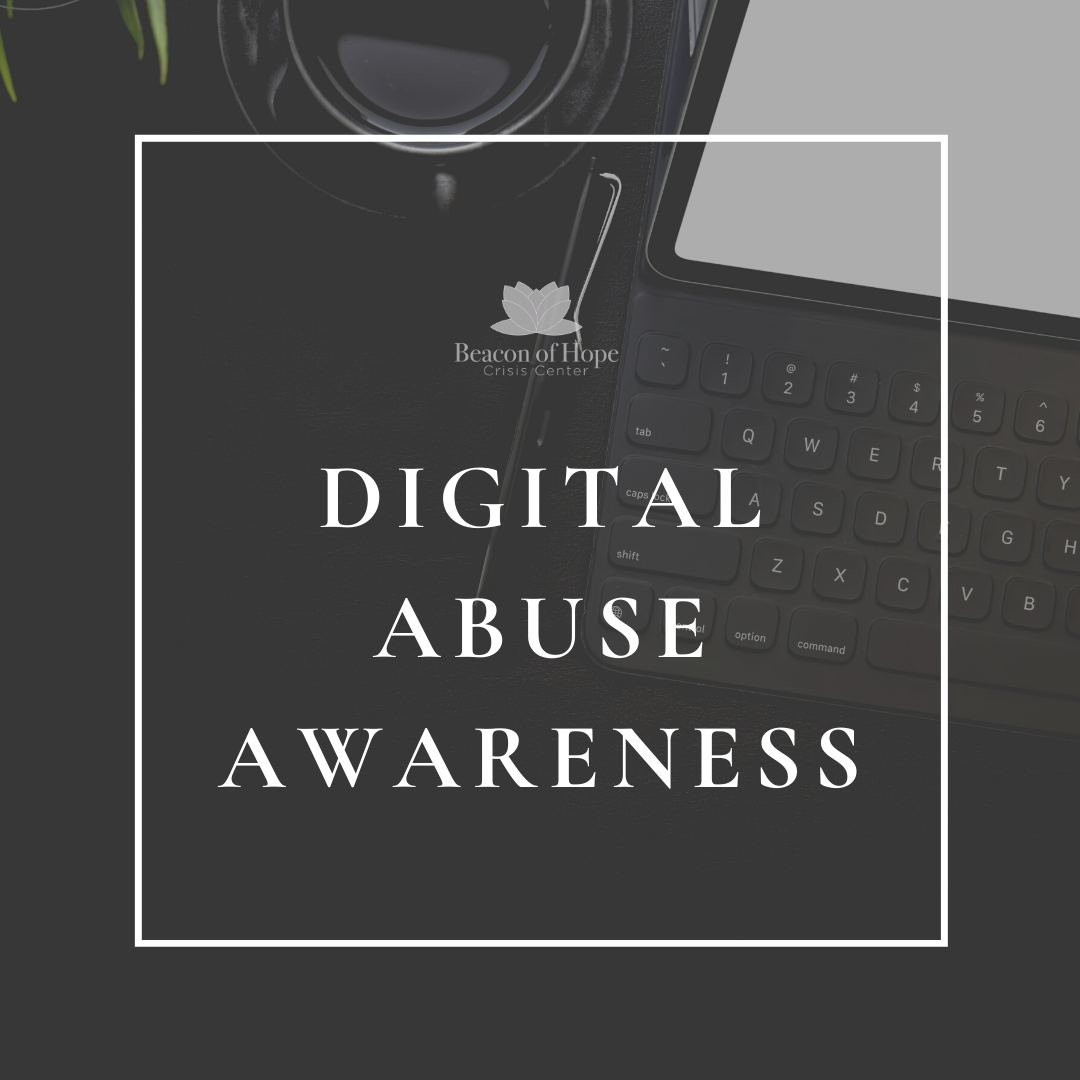|
By: Lauren Frederick While technology offers us a unique way to connect with our friends and family, it can also be used by abusers to maintain power and control. This is recognized as digital abuse and is a form of abuse that is often perpetrated online or with the use of electronic devices such as cell phones, tablets, computers, security systems, etc.
What exactly is digital abuse? According to the National Domestic Violence Hotline, “digital abuse is the use of technology and the Internet to bully, harass, stalk, intimidate, or control a partner.” They also describe it as “a form of verbal or emotional abuse conducted online.” This can be conducted on any social media platform and through texts, calls, and emails. It can envelop your life as digital abuse gives abusers a platform to conduct abuse any time of the day, especially when considering the fact that 79% of Americans spend an average of more than three hours on their phone daily. What does digital abuse look like? Digital abuse comes in many forms. It can include limiting or monitoring a victim’s online activity, including who they follow, message, the posts and content they engage with, and location tracking. It can also involve unwanted messages or posts that are “negative, insulting, or threatening.” Threats might also be made online where the abuser is “sending, requesting, or pressuring you to send unwanted explicit photos,” videos, or sexts. This can lead to blackmailing, which is meant to harm a victim’s reputation, employment options, etc. In some cases, the abuser will create fake social media profiles to impersonate or harass a victim. Another aspect of digital abuse is cyberstalking, a form of stalking in which the abuser uses electronic devices, online activity, and location monitoring to make a victim feel fearful. Abusers might find information about location on apps like Snapchat or “Find My Phone.” They can also find this information through apps with poor security, GPS trackers, cameras, speakers, microphones, and spyware. This behavior is threatening and can make a victim feel like there is no escape. Cyberstalking is intrusive and can impact every area of a victim’s life. What should I do if I am experiencing digital abuse? One of the first steps you should take when experiencing digital abuse is securing all your social media accounts by changing your passwords and utilizing two-factor authorization. Next, investigate your settings and clean up the clutter. You can turn off location sharing on your device, disable Bluetooth when you are not using it, and delete any apps or programs that are not being used. To learn more, speak with a Victim Advocate to complete a personalized safety plan. If you or someone you know is experiencing digital abuse and you would like to talk to an advocate at Beacon of Hope Crisis Center, call our free and confidential crisis line at (317) 731-6140. If you are in immediate danger, please call 911. Comments are closed.
|
|
CAREER opportunities © 2025 Beacon of Hope Crisis Center Privacy Policy Accessibility Statement Board Portal Login |

